Many people wonder how inland states can be connected to the ocean environment. In an episode of Diving Deeper, hosted by NOAA, Jeff Adkins explains how the ocean economy is continental-wide. With that said, this week’s blog will consist of a compilation of reasons inland states are connected to the coastline.
- Our restaurants serve seafood- that inevitably, comes from the sea.
- Factor in transportation and CO2 emissions, and you could say we are definitely involved in ocean issues
- We buy products made in other countries- that export their goods via ships
- Our agricultural practices release pesticides into our waterways- and “all drains lead to the ocean”- take it from Nemo
- We pollute just as much driving to the mountains as we would driving to the ocean
- The filter feeders of the oceans take in the pollutants- and then we eat them- gross.
- Our activities result in nonpoint source pollution- rainfall and snowmelt moving over and through the ground collect pollutants and deliver them to the oceans- oil, grease, toxic chemicals from urban development, sediment from construction sites, eroding streambanks
Watersheds include the boundaries of streams and moving waters that lead to the ocean. Therefore, the tiny streams you see on your beautiful hike up the mountains high above a mile are included in these watersheds. Streams are ordered numerically, starting with a first order stream, which is characterized as mountainous, tiny streams that include very few fish and many tiny organisms that scrape their food. Once a first order stream and another first order stream join together, they create a second order stream. These streams may seem pristine and beautiful far away from society, but at some point they will join with a polluted, urban river and continue down the pathway to the ocean.
How will you reduce your impact in an inland state? https://www.surveymonkey.com/s/V2NCJ5J


